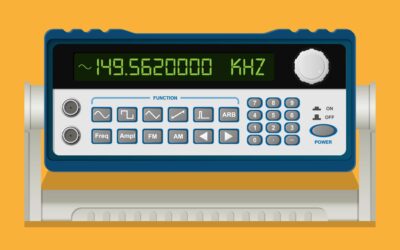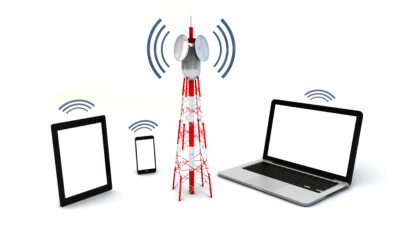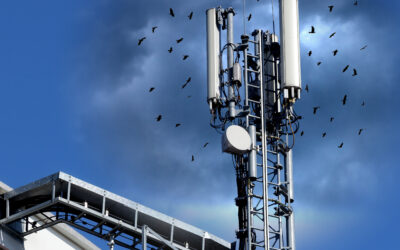Longley-Rice Signal Propagation Methodology for Determining Television Station Coverage

Determining the coverage of radio waves can be complex for engineers and others involved in the process. Coverage is affected by many factors and can be delicate to handle and regulate. However, with the advances and clarity that the Longley-Rice model provides, it has never been easier to understand and accurately control radio waves.
What is Longley-Rice Signal Methodology?
The Longley-Rice model is a system that predicts radio waves in order to form a strong telecommunication link and exists to solve a variety of engineering problems. This formula is very customizable for those working in engineering fields so that they may apply this model to a variety of issues they may be facing involving radio waves.
This model can be customized using a variety of factors such as:
- Frequency
- Polarization
- Surface Refractivity
- Effective Radiated Power (ERP)
- Antenna
- Height
This model has two parts, one part consists of making predictions about a certain area and the second part consists of forecasting to that area. There are so many diverse ways to customize this model that involve an expert approach. If you would like more information on the Longley-Rice model and would like to familiarize yourself with its variations, a list of its various models can be found here.
Why is it Important?
The Longley-Rice model has been officially adopted by the Federal Communications Commission (FCC) and is accepted as an industry standard. Even before its formal adoption as a standard practice, it was widely used and accepted by industry professionals.
One of the reasons why this model was accepted by the FCC and is so widely used is because of its ability to shift depending on the parameters applied to the model. It takes account of most problems that forecasting and predicting could inspire and, with simple customization of the model, can then solve those same issues.
How The Longley-Rice Model Determines Television Station Coverage
This model is widely trusted in general, but especially when it comes to television coverage prediction. The customized model that is specifically used for television coverage is called the Longley-Ride ITM, or Irregular Terrain Model. This model can accurately analyze and predict the field strength of an area so that adjustments can be made to provide optimal coverage for that area. The specifics of the area don’t necessarily matter, this model can operate on completely flat terrain or on mountainous terrain with various obstacles.
While the Longley-Rice model is fantastic in most situations, it is not the end-all-be-all model for predicting television coverage. Similar to all models, it isn’t perfect and can occasionally underestimate long-distance fringe reception and field strength. Though it does have the occasional shortcoming, it can be fixed with the implementation of other knife-edge diffraction models.
Over time, the Longley-Rice model could be diversified and added onto even more to rectify its lack of foresight. For the time being, this model works great for the vast majority of predictions and issues that it encounters. Its shortcomings are few and far between and not substantial enough to outweigh the usefulness that it has provided over the years.
Recent Posts
- RF Safety: The Silent Protector of Wireless Communication
- How RF Signal Generators Drive Effective Testing Practices
- How Radio Frequency (RF) Testing Enhances Connectivity and Reliability
- The Importance of RF Education in Today’s Tech Landscape
- What to Expect During a Radiofrequency Radiation Site Inspection?






